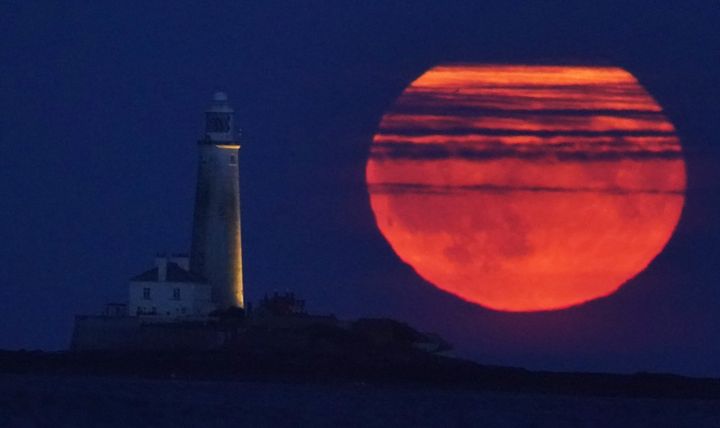
The first supermoon of the year lit up skies all over the world last night – but if you missed it, don’t worry, we’ve got you’ve covered.
Also known as the “Buck Moon”, July’s Supermoon occurs when the lunar satellite is within 10% of its closest point to Earth in its orbit, and in the full phase of its cycle.
For context, the Moon varies between 360,000km and 400,000km from the Earth in its orbit. It looks like it is reflecting more light whenever it gets closer to our planet, and it appears larger (even though it’s only our perspective which has changed, not the actual moon).
And while July’s Supermoon may look enormous to us, it actually looked this big all the time in the past.
Museum planetary science researcher, professor Sara Russell, told the Natural History Museum: “The moon is actually, very slowly, moving away from Earth. So our Supermoon today was just a typical Moon a billion years ago.”
Russell also explained that there is “no formal scientific definition of of Supermoon” but, we usually attached the label to the full moon when it looks particularly large.
She added: “It is very rare that an orbiting body follows an exactly circular path. The Moon has a slight ‘eccentricity’, meaning it travels in an elliptical path around the Earth – so it is sometimes nearer and sometimes further away.”
And this slightly inconsistent path ended up offering a real treat to both keen and casual night sky watchers on Monday night.
Here are the pictures to prove it.
And it wasn’t just over the UK, either.
If you’re now desperate to see it in real life, don’t worry.
According to the Natural History Museum, there will four Supermoons this year: July 3, August 1, August 31 and September 29, although the closest Supermoon of this century will happen on December 6, 2052.